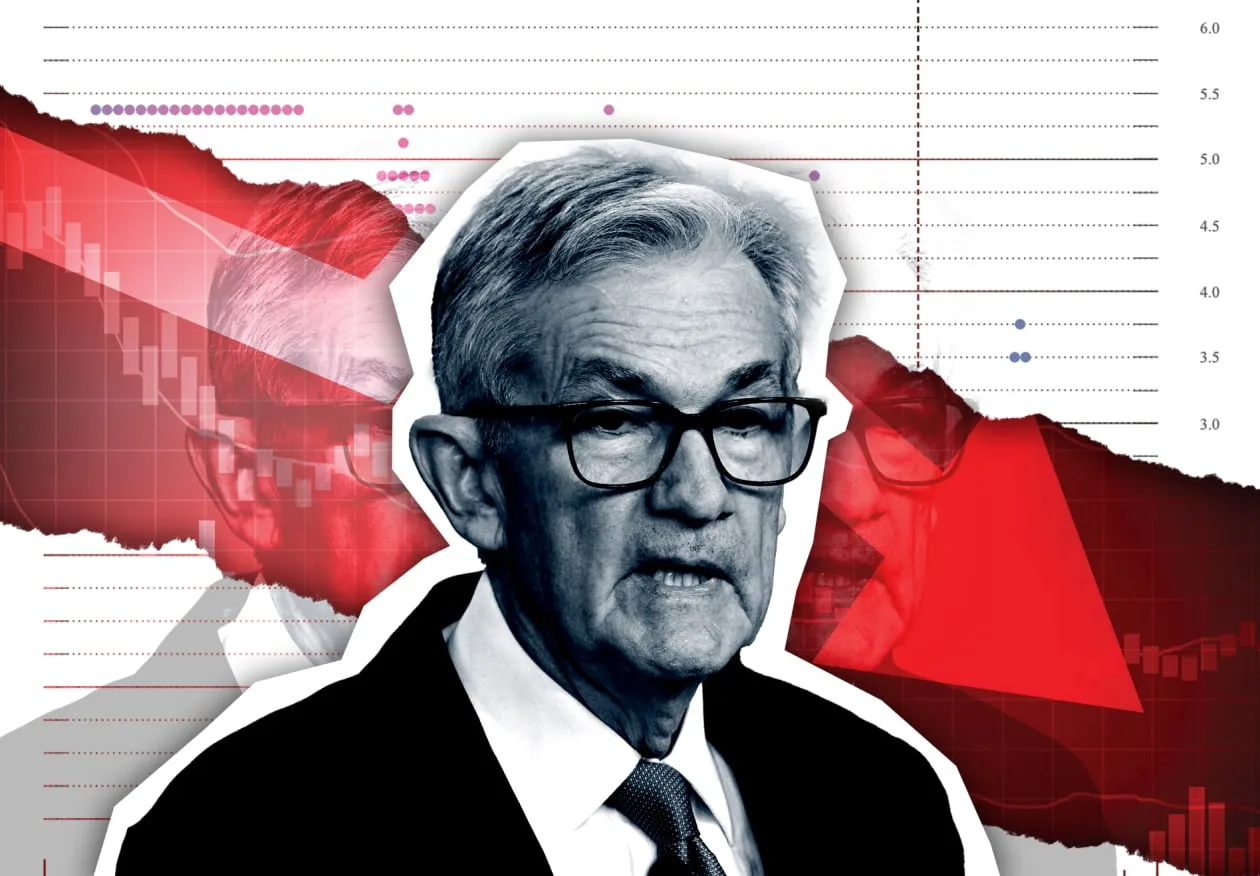Powell Opens the Door to a Rate Cut, Citing Labor Market Conditions
Federal Reserve Chair Jerome Powell cautiously signaled the possibility of an interest rate cut in September, citing growing risks in the labor market while acknowledging persistent concerns about inflation.
“The stability of the unemployment rate and other labor market indicators gives us the ability to proceed carefully as we weigh policy adjustments,” Powell said during his prepared remarks at the Fed’s annual Jackson Hole symposium in Wyoming on Friday. “That said, with policy still in restrictive territory, the evolving outlook and shifting risk balance may justify a change in our stance.”
Powell’s comments were highly anticipated but didn’t fully align with investor expectations for an imminent cut. Many traders have been betting that the Fed will deliver its first rate reduction of 2025 during the Federal Open Market Committee’s Sept. 16-17 meeting. Ahead of Powell’s remarks, federal funds futures put the probability of a September cut at roughly 75%.
The Fed chief described the labor market as being in a “curious kind of balance,” shaped by a significant slowdown in both the supply and demand for workers. He referenced July’s employment data, which revealed that recent job gains were substantially weaker than initially reported.
“This unusual dynamic suggests that downside risks to employment are increasing,” Powell cautioned. “If those risks materialize, the shift could happen quickly, with layoffs surging and unemployment rising.”
Despite labor market concerns, Powell warned that policymakers must remain vigilant against inflationary pressures, particularly those stemming from tariffs imposed by the Trump administration. He noted that tariff-related price effects are “clearly visible,” though likely to be short-lived.
“However, it’s also possible that the upward push on prices from tariffs could trigger a more lasting inflationary trend, and that’s a risk we have to monitor and manage,” Powell said.
“When our objectives conflict like this, our framework requires balancing both sides of the dual mandate,” he added, referring to the Fed’s responsibility to promote maximum employment and stable prices.
Financial markets responded immediately. Treasury yields slid, the S&P 500 extended its gains, and the dollar weakened. Powell’s speech was met with a standing ovation from the audience of central bankers and economists.
Powell’s address comes amid escalating pressure from President Trump and his allies, who have been vocal in urging the Fed to cut rates. The tension has raised concerns about the central bank’s independence in setting monetary policy.
Earlier this week, Trump intensified his campaign by calling for Fed Governor Lisa Cook to resign over allegations related to her mortgage applications. Cook has denied the claims and said she has no plans to step down. Powell avoided addressing the controversy during his remarks and was not expected to take questions.
In addition to his economic outlook, Powell outlined recent updates to the Fed’s long-term policy framework—the guiding principles behind its rate decisions. Among the changes was a clarification of a 2020 shift indicating that policymakers would not preemptively raise rates simply because unemployment was low.
Powell reaffirmed that officials still believe rate hikes aren’t necessary based solely on estimates of the long-run unemployment rate. However, he emphasized that the 2020 revision was never intended to permanently eliminate the option of raising rates when needed to curb inflation.
New language introduced Friday removes previous references to “shortfalls of employment from its maximum level.” Instead, the updated guidance states that employment can run above real-time estimates of maximum levels without automatically threatening price stability.
The changes signal less tolerance for an overheated labor market while preserving flexibility for preemptive moves. “If tight labor conditions or other factors threaten price stability, preemptive action may be warranted,” Powell noted.
Officials also reaffirmed their 2% inflation target but scrapped a 2020 approach that allowed inflation to overshoot the target to compensate for earlier shortfalls. Additionally, language describing low interest rates as a “defining feature” of the economy was removed.
Powell’s remarks strike a middle ground compared to recent statements from other policymakers. Cleveland Fed President Beth Hammack said Thursday that current inflation data would prevent her from supporting a cut if the meeting were held this week. Kansas City’s Jeff Schmid echoed similar caution, while Atlanta’s Raphael Bostic signaled he expects only one rate cut this year.
The Fed lowered rates three times late in 2024 but has held them steady this year amid fears that tariffs could ignite sustained inflation. Those concerns were reinforced by July data showing wholesale prices rose at their fastest pace in three years.
Still, several officials have flagged softening labor conditions, with some pushing for renewed easing. Fed Governors Christopher Waller and Michelle Bowman dissented against leaving rates unchanged in July, citing employment risks. After July’s weak jobs report, San Francisco’s Mary Daly and Minneapolis’ Neel Kashkari indicated they may support a September cut.

Subscribe to our newsletter!
As a leading independent research provider, TradeAlgo keeps you connected from anywhere.








